Before installing a land drainage system, it's crucial to understand the basics and the proper methods for connecting the pipes, as well as identifying the best scenarios for their use. Without grasping these fundamentals, comprehending the more complex aspects can be challenging.
What Actually Is Land Drainage?
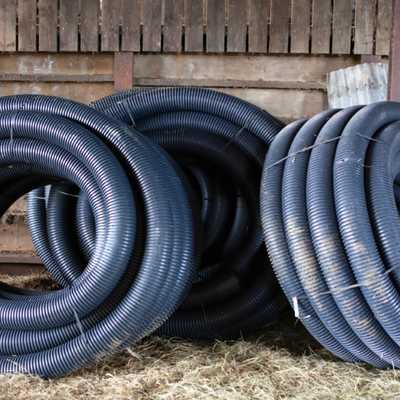
Land drainage is typically employed to address excess surface water. It's often called a 'French drain' and consists of a flexible black pipe with a corrugated outer layer. These pipes come in perforated and unperforated varieties, each serving specific purposes. At EasyMerchant, we offer sizes ranging from 60mm to 110mm in both perforated and unperforated land drainage pipe coils.
How Do the Land Drain Pipes Actually Drain Land?
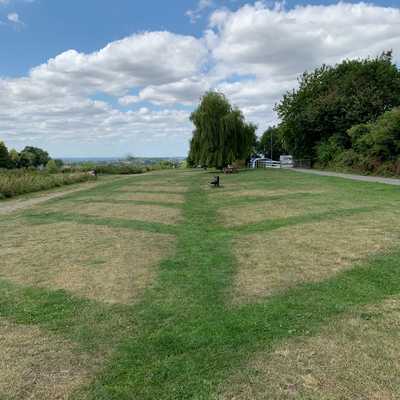
Perforated land drainage pipes are used to collect water from the ground. The tiny holes in the pipe allow groundwater to enter the pipe after passing through the soil above. This ensures that water can be redistributed back into the surrounding soil or directed to an underground drainage system at a pace that prevents prolonged surface water accumulation. Land drain pipes are fully perforated, allowing water to enter from all around the pipe, which enhances field drainage efficiency.
Unperforated land drainage pipes are designed to distribute surface water. They're ideal for redirecting water into rivers, soakaway systems, or other water courses. However, it's essential to use them exclusively for surface water and not foul water, as doing otherwise could violate regulations.
In What Situations Should You Use Land Drain?
Land drainage is commonly required for construction, landscaping, and agricultural projects. For instance, in agricultural projects like field drainage, perforated pipes are the best choice and can significantly improve soil quality. Similarly, this type of underground drainage is also used for sports fields and residential areas.
Additionally, built-up areas need to remain free of standing surface water. Excessive standing water adds extra static load to underground structures, compromising their structural integrity over time. Therefore, implementing land drainage in urban areas is equally critical to prevent future complications.
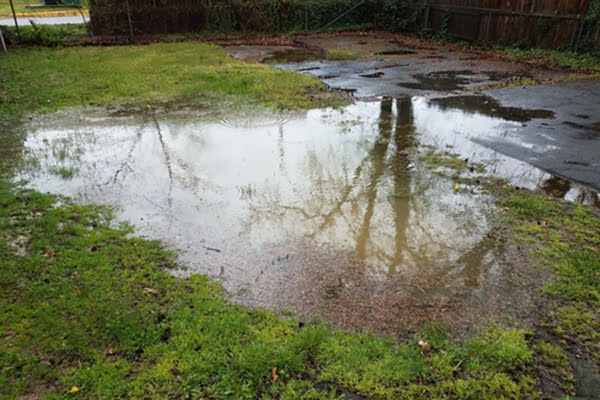
How to Identify a Land Drainage Pipe?
The land drainage pipes used in most projects are typically black. Be careful not to confuse them with black electrical ducting. Electrical ducting is black to signify its contents, while land drainage pipes are generally black by default, but they serve entirely different functions.
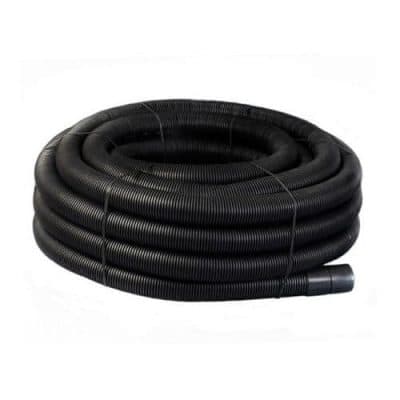
Is There a Certain Way to Lay the Land Drainage Pipe?
Preparing to Lay the Land Drain:
When planning to install land drainage in a domestic setting, such as a garden, it’s important to ensure that every point within the area is within 2.5 meters of the land drainage system. Often, the herringbone layout is preferred, where a central spine pipe branches out using Y connections for each section of land drainage, ensuring maximum coverage and optimal drainage.
In cases involving larger areas, the 2.5-meter rule may not be the best approach. Additionally, ensure that the fall for the land drainage is minimal before installation. Most systems use a 1 in 150 gradient, but it should never exceed 1 in 100.
The Actual Installation Process:
Starting any pipework job, we recommend working backward to simplify the process. The trench should allow for approximately 150mm of granular material to sit on each side of the pipe when installed.
The trench depth should be sufficient to accommodate at least 100mm of bedding at the bottom. It should also allow for 150mm of gravel to cover the pipe, followed by 300mm of free-draining material. Finally, the trench will be filled with 100mm of previously excavated soil and can be topped with turf.
The trench depth depends on the pipe size, but for a common size like 100mm pipe, the trench would be around 750mm deep. Always consider the other layers with your pipe size to determine the appropriate trench depth.
Is the Use of Geotextile Membrane Essential When Installing a Land Drainage System?
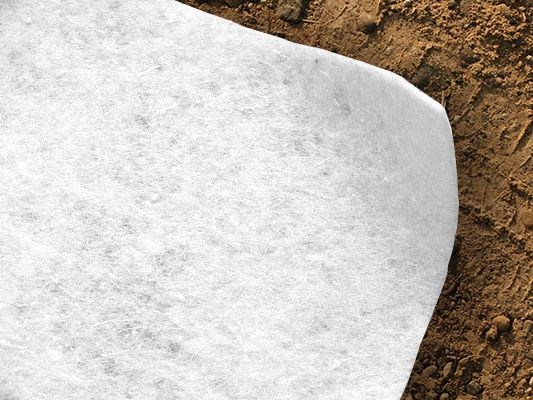
While not absolutely necessary, using a non-woven geotextile membrane can greatly enhance the longevity and reliability of your land drainage system. It prevents silt and dirt from entering the pipework without hindering water flow, thereby extending the system's lifespan. If suitable for your project, the permeable geotextile membrane should be placed below the top layer of excavated soil but above the free-draining layer.
Ring Us If You Are Unsure!
Installing land drainage involves several considerations, and sometimes it can get confusing. If there's anything in this article you're unsure about, don't hesitate to consult a drainage engineer or reach out to us. We'll do our best to answer any questions you may have!
Shop Land Drainage:
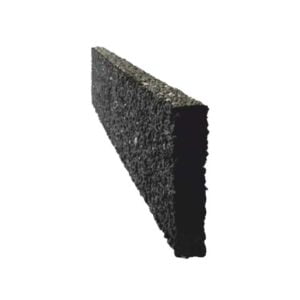
Enviroflow Drainage Plank
Industrial Automatic Quick Action Rolling Door
Automatic quick action rolling doors are mainly for industrial use, in factory and warehouses. Such quick moving door can open and close in several seconds only, to enhance passing speed of material.
And quick rolling doors can be equipped with auto motion sensors to realize automatic opening and closing, when workers or vehicles come.
quick roller door, quick opening door, quick moving door
SHANGHAI KENVO DOOR CO.,LTD , https://www.kenvodoor.com